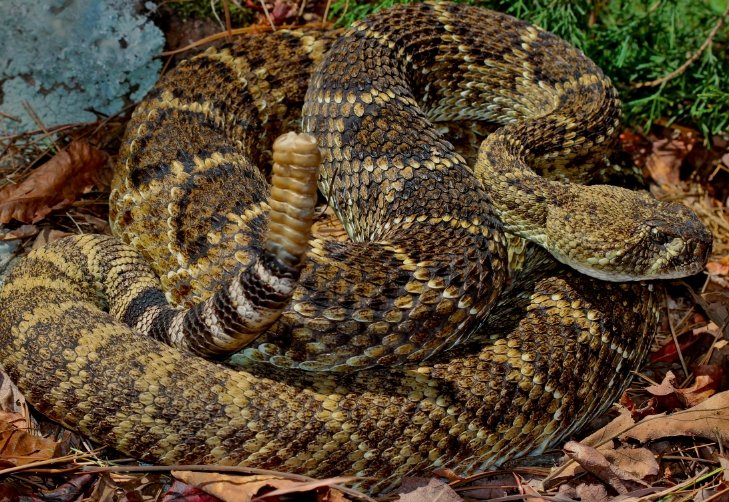A new initiative in Colorado is captivating both scientists and the public: a live webcam monitoring a “mega den” of rattlesnakes. This project, spearheaded by researchers from California Polytechnic State University, aims to provide real-time observation of these fascinating reptiles. The den, located in a remote area of northern Colorado, houses hundreds of rattlesnakes, offering a unique opportunity for citizen science and educational outreach. The live feed allows anyone to watch the snakes’ behavior, contributing valuable data to ongoing research.
The Mega Den: A Unique Habitat
The mega den is situated on a hillside filled with rock crevices, providing an ideal environment for rattlesnakes. These crevices offer warmth and protection from predators, making it a perfect refuge. The den is one of the largest known, with as many as 2,000 rattlesnakes congregating at the site. This high concentration of snakes is rare and provides a unique opportunity for study.

Researchers have set up the webcam to monitor the snakes without disturbing their natural behavior. This non-invasive method allows scientists to gather data on snake interactions, mating habits, and other behaviors. The live feed also enables the public to participate in the research by observing and reporting any notable activities.
The exact location of the den is kept secret to protect the snakes from potential harm. This precaution ensures that the snakes can continue to thrive in their natural habitat without human interference. The project highlights the importance of preserving wildlife and their environments.
Citizen Science and Community Involvement
Citizen science plays a crucial role in this project. By making the live feed accessible to the public, researchers are encouraging people to engage with the study of rattlesnakes. Viewers can report their observations, helping scientists track changes and patterns in snake behavior. This collaborative approach enhances the research and fosters a greater appreciation for these often-misunderstood reptiles.
The project has garnered significant interest from the community. Schools, nature enthusiasts, and wildlife organizations have all shown support. Educational programs have been developed to teach students about rattlesnakes and their ecological importance. This outreach helps dispel myths and fears about snakes, promoting a more informed and respectful attitude towards them.
Community involvement extends beyond observation. Local businesses and organizations have provided funding and resources to support the project. This collective effort underscores the value of community-based science initiatives and their potential to make a positive impact.
Insights into Rattlesnake Behavior
The live webcam has already provided valuable insights into rattlesnake behavior. Researchers have observed mating rituals, hunting techniques, and social interactions among the snakes. These observations are helping to build a more comprehensive understanding of rattlesnake ecology and behavior.
One notable finding is the maternal care exhibited by rattlesnakes. Unlike many reptiles, rattlesnake mothers protect their young, shielding them from predators and ensuring their survival. This behavior challenges common perceptions of snakes as solitary and uncaring creatures.
The project has also documented interactions between rattlesnakes and other wildlife. Predatory birds, such as red-tailed hawks, have been seen hunting the snakes, adding another layer of complexity to the ecosystem. These interactions provide a broader perspective on the role of rattlesnakes within their environment.













